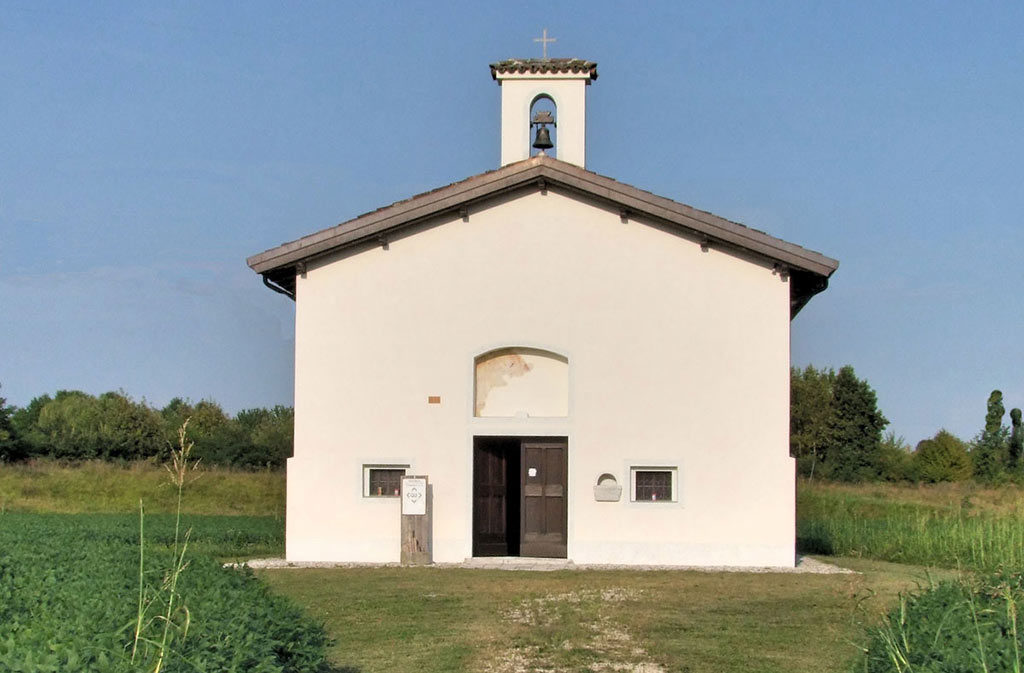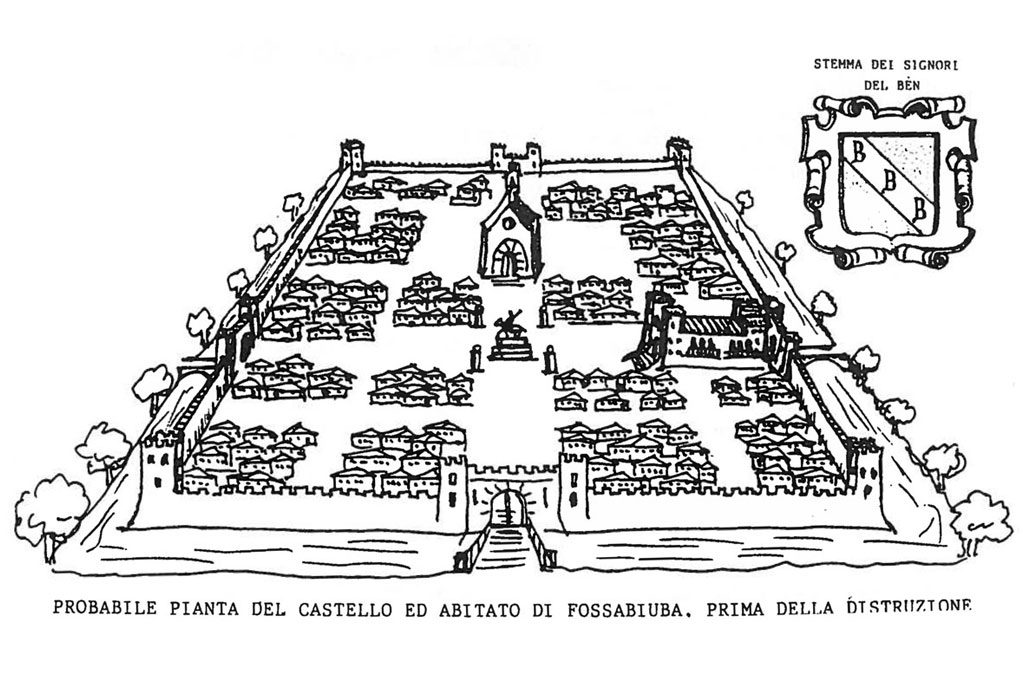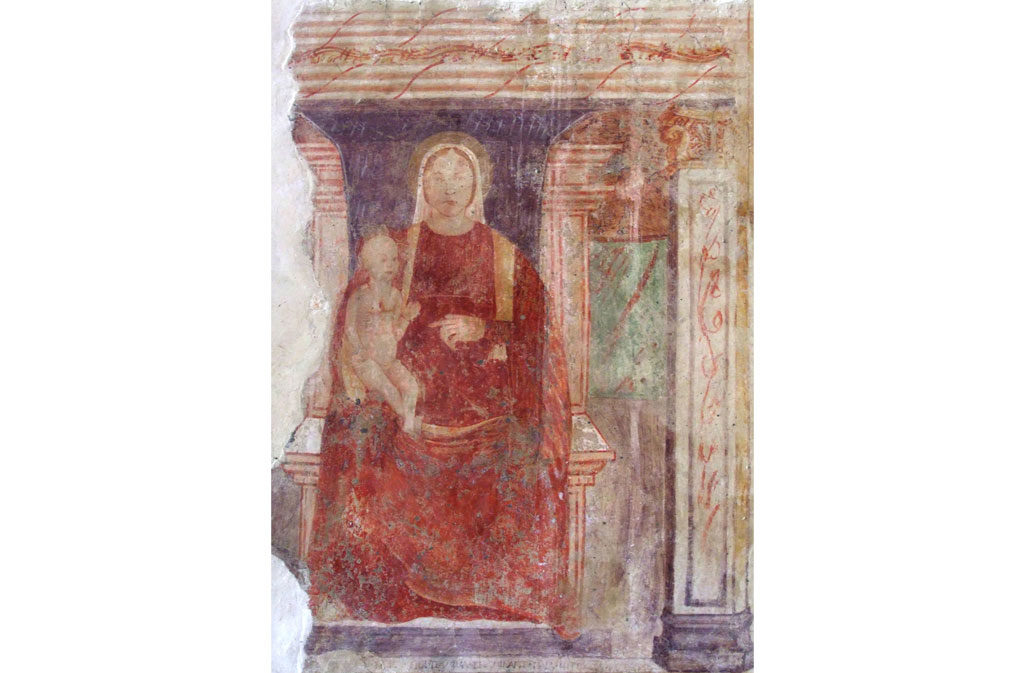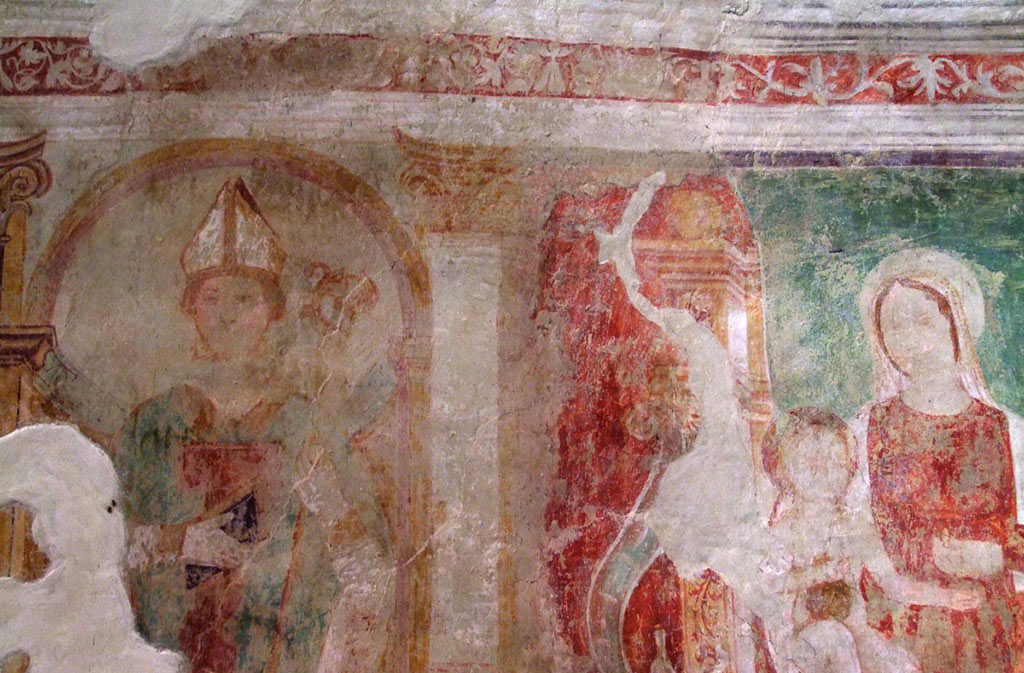Built in the meadows in Vistorta in 1014, when the castle and its neighbourhood were destroyed the church survived inside the profound, religious silence that surrounds it to the present day.
Chiesetta della Madonna delle Grazie di Fossabiuba is located in Vistorta, a charming hamlet South of Sacile. For many years, it has been a destination for pilgrims and a centre of devotion rooted in peasant culture and tradition. It is also known as “Church of Fossabiuba” due to the proximity with river Meschio, bordering the ancient feud and reminding of fossa biuba, from dialect “bevuda”, indicating a river where animals used to drink.
Built in 1014 under the name of Saint Mary Nascent, it belonged to the Feud of Fossabiuba of Giacomo Del Ben, also known as “the powerful”. Giacomo da Fossabiuba brought the family properties to their maximum splendour, with the castle reaching the highest number of inhabitants in the area. Surrounded and protected by walls and rivers, it had four entrance doors located on the cardinal points, a “beautiful piazza” and many workshops. The feud was renowned also for its healthy air and abundance of rivers.





